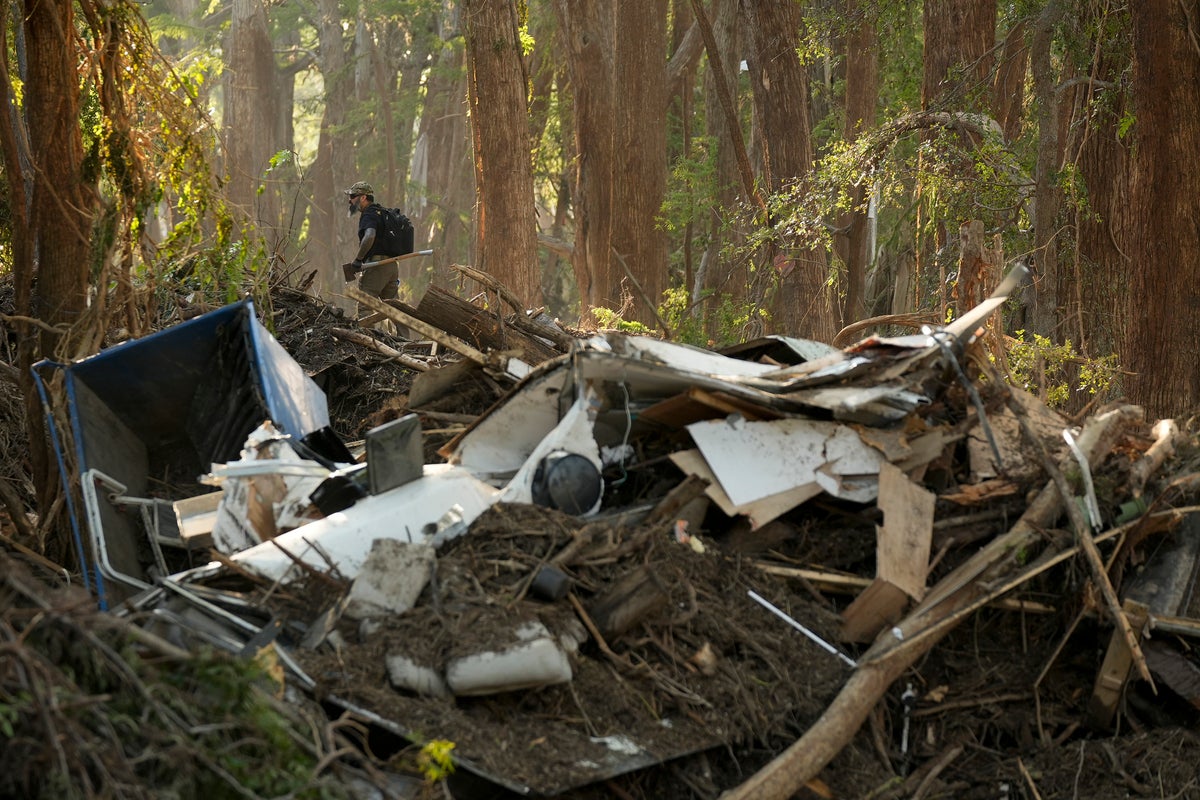The Evolution of Disaster Response: A Closer Look at FEMA and Recent Flooding in Texas
In light of the recent catastrophic flooding in Texas, the federal government’s response has garnered significant attention, particularly concerning the role of the Federal Emergency Management Agency (FEMA). Just weeks prior to the disaster, discussions had emerged suggesting that the Trump administration intended to “phase out” FEMA post-hurricane season. This plan aimed to transfer emergency management responsibilities to state authorities, a move that raised eyebrows given the agency’s crucial function in disaster response.
For more details, check out Long Beach Multi-Purpose Center A Comprehensive Overview
Immediate Federal Assistance Following the Texas Floods
In a swift reaction to the Texas flooding, President Trump approved a major disaster declaration at the request of Texas Governor Greg Abbott within just one day of its submission. This declaration activated FEMA’s resources, allowing for immediate assistance to residents and local governments affected by the floods. Secretary of Homeland Security, Kristi Noem, emphasised the agency’s rapid deployment of funds and resources during a Cabinet meeting, asserting that the administration was streamlining FEMA’s operations in alignment with the President’s vision.
Noem highlighted the importance of the response as reminiscent of the “state block grants” model proposed by Trump, which would shift away from FEMA’s traditional reimbursement system for states. This model would allow states to receive funds upfront instead of waiting for reimbursement for disaster-related expenses.
Differentiating FEMA’s Role in Disaster Management
Despite the administration’s assertions, former FEMA officials have raised concerns about the clarity of this new approach. They argue that the federal response aligns closely with FEMA’s established role, which involves supporting states through coordinated efforts and funding. Michael Coen, a former chief of staff at FEMA, pointed out the essential nature of the agency, stressing that if FEMA were to be dismantled, states would struggle to manage disaster responses independently.
Justin Knighten, who served as the agency’s director of external affairs, reiterated that while Texas is leading the recovery efforts, FEMA’s pivotal role is to assist states when their capacities are overwhelmed. He noted that even the most well-prepared states can face challenges that necessitate federal intervention.
FEMA’s Multifaceted Responsibilities
FEMA’s involvement in Texas encompasses various essential functions. One of its primary responsibilities includes coordinating resources from other federal agencies. For instance, if assistance is required for debris removal, health services, or environmental assessments, FEMA facilitates these requests and ensures that state governments are reimbursed accordingly.
Furthermore, FEMA is responsible for deploying first-responder support, including search and rescue teams from across the nation. It also administers the National Flood Insurance Program, providing critical flood coverage to homeowners and renters. For individuals lacking adequate insurance, FEMA’s Individual Assistance programme will be crucial, offering support for temporary housing and home repairs.
In response to the flooding, FEMA is opening disaster recovery centres to assist affected households in applying for aid. The agency’s Public Assistance programme will help reimburse state and local governments for infrastructure repair costs incurred due to the flooding.
The Challenges of Shifting Responsibilities to States
While the Trump administration’s call for states to assume greater responsibility in disaster management has been vocalised, experts argue that the recent flooding highlights the necessity of federal support. Maddie Sloan, director of the disaster recovery and fair housing project at Texas Appleseed, pointed out that FEMA funding significantly contributes to the emergency capacities of state and local governments.
Experts like Jeremy Edwards, a former deputy director of public affairs at FEMA, caution that smaller states would struggle without FEMA’s backing, especially when facing disasters that require swift federal assistance. The potential dismantling of FEMA would necessitate states to establish their own recovery programmes and navigate federal bureaucracy independently, which could lead to significant delays and inefficiencies.
Future Considerations for FEMA and Disaster Response
As discussions about FEMA’s future continue, President Trump has largely sidestepped inquiries regarding the implications of the Texas response on the agency’s fate. A review council, comprising 12 members including Governor Abbott, is tasked with proposing reforms for FEMA. During initial meetings, Abbott described FEMA as “slow and clunky,” advocating for streamlined processes to improve disaster response efficiency.
While significant reforms have yet to materialise, smaller policy changes could substantially impact Texas’s recovery efforts. For instance, the recent elimination of FEMA’s door-to-door canvassing practices, deemed “wasteful,” could hinder accessible support for affected households still facing power outages and impassable roads.
As the situation evolves, the long-term implications of these changes on federal disaster response remain uncertain, highlighting the ongoing debate about the balance of federal and state responsibilities in managing disasters effectively.

